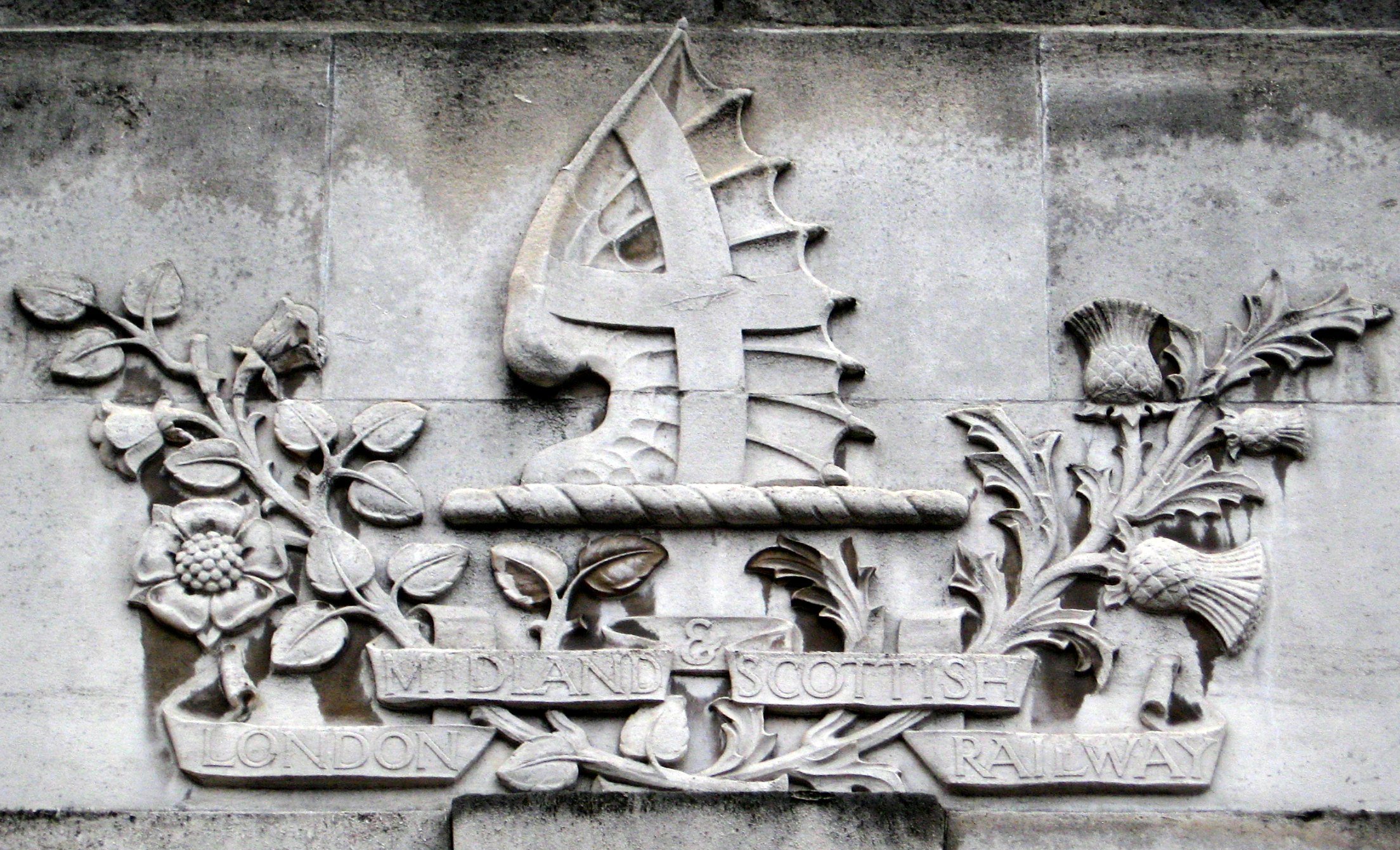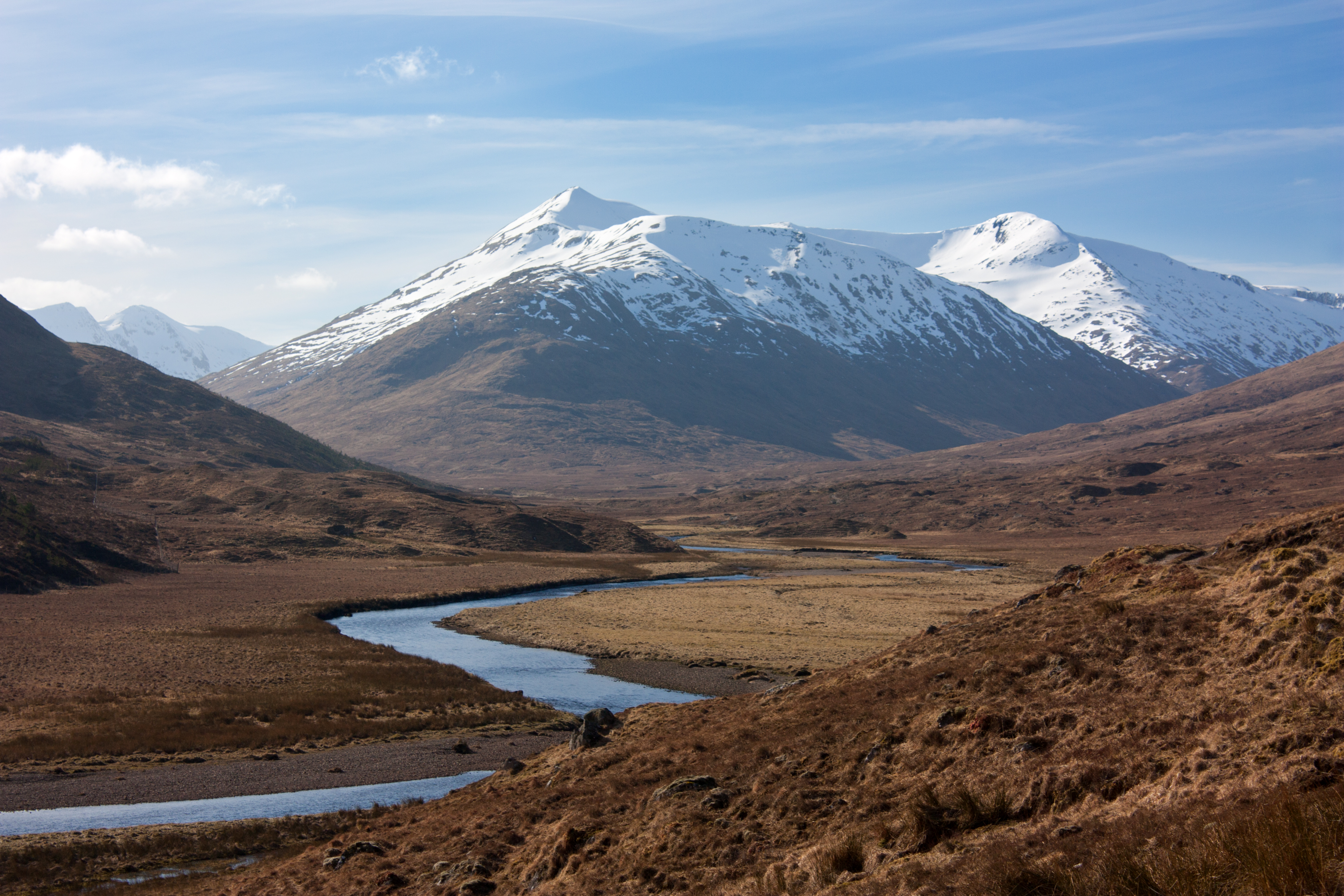|
Highland Railway L Class
The Highland Railway L class, also known as ‘Skye Bogies’ due to their association with the Kyle of Lochalsh Line. They were essentially mixed traffic versions of the earlier ''Duke'' or F class. Construction Nine were built at Lochgorm Works over the period 1882 to 1901. They were never named. Dimensions The cylinders, valve gear and motion were common to the two classes, but they had smaller driving wheels and higher pressure boilers. Numbering References * * * {{Highland Railway locomotives L Class 4-4-0 locomotives Railway locomotives introduced in 1882 Scrapped locomotives Standard gauge steam locomotives of Great Britain ... [...More Info...] [...Related Items...] OR: [Wikipedia] [Google] [Baidu] |
David Jones (railway)
David Jones (25 October 1834 - 2 December 1906) was born in Manchester, England, where his father was an engineer. He became Locomotive Superintendent for the Highland Railway in Scotland. He was credited with the design of the first British 4-6-0 which was strongly influenced by a Scottish locomotive design for Indian Railways. Career London and North Western Railway Jones spent part of his apprenticeship under John Ramsbottom, the district superintendent of the North Eastern Division of London and North Western Railway. Highland Railway He joined what would later become the Highland Railway in 1855 at age twenty-one. In 1870, he became its locomotive superintendent and, like most such occupants of that position, spent much of his time rebuilding old engines in order to extract a few more years from them. Although he was a fervent disciple of Alexander Allan, Jones' new designs tended to break away from the Allan tradition, which had lasted so long in Scotland. Locomotive ... [...More Info...] [...Related Items...] OR: [Wikipedia] [Google] [Baidu] |
Highland Railway
The Highland Railway (HR) was one of the smaller British railways before the Railways Act 1921, operating north of Perth railway station in Scotland and serving the farthest north of Britain. Based in Inverness, the company was formed by merger in 1865, absorbing over 249 miles (401 km) of line. It continued to expand, reaching Wick and Thurso in the north and Kyle of Lochalsh in the west, eventually serving the counties of Caithness, Sutherland, Ross & Cromarty, Inverness, Perth, Nairn, Moray and Banff. Southward it connected with the Caledonian Railway at Stanley Junction, north of Perth, and eastward with the Great North of Scotland Railway at Boat of Garten, Elgin, Keith and Portessie.Conolly 2004. During the First World War the British Navy's base at Scapa Flow, in the Orkney Islands, was serviced from Scrabster Harbour near Thurso. The Highland Railway provided transport, including a daily ''Jellicoe Express'' passenger special, which ran between London and Th ... [...More Info...] [...Related Items...] OR: [Wikipedia] [Google] [Baidu] |
4-4-0
4-4-0 is a locomotive type with a classification that uses the Whyte notation for the classification of steam locomotives by wheel arrangement and represents the arrangement: four leading wheels on two axles (usually in a leading bogie), four powered and coupled driving wheels on two axles, and a lack of trailing wheels. Due to the large number of the type that were produced and used in the United States, the 4-4-0 is most commonly known as the American type, but the type subsequently also became popular in the United Kingdom, where large numbers were produced.White, John H., Jr. (1968). ''A history of the American locomotive; its development: 1830-1880''. New York: Dover Publications, pp. 46-. Almost every major railroad that operated in North America in the first half of the 19th century owned and operated locomotives of this type. The first use of the name ''American'' to describe locomotives of this wheel arrangement was made by ''Railroad Gazette'' in April 1872. Prior to t ... [...More Info...] [...Related Items...] OR: [Wikipedia] [Google] [Baidu] |
London, Midland And Scottish Railway
The London, Midland and Scottish Railway (LMSIt has been argued that the initials LMSR should be used to be consistent with LNER, GWR and SR. The London, Midland and Scottish Railway's corporate image used LMS, and this is what is generally used in historical circles. The LMS occasionally also used the initials LM&SR. For consistency, this article uses the initials LMS.) was a British railway company. It was formed on 1 January 1923 under the Railways Act of 1921, which required the grouping of over 120 separate railways into four. The companies merged into the LMS included the London and North Western Railway, Midland Railway, the Lancashire and Yorkshire Railway (which had previously merged with the London and North Western Railway on 1 January 1922), several Scottish railway companies (including the Caledonian Railway), and numerous other, smaller ventures. Besides being the world's largest transport organisation, the company was also the largest commercial enter ... [...More Info...] [...Related Items...] OR: [Wikipedia] [Google] [Baidu] |
Highland Railway F Class
The Highland Railway F class 4-4-0s were a class of British steam locomotives introduced in 1874. The first 10 were built by Dübs and Company in 1874. A further seven were built in Lochgorm works between 1876 and 1888. Originally they were the first ''Bruce'' class, and later became known as the ''Duke'' class to avoid confusion with the second ''Bruce'' class. As part of Peter Drummond's 1901 classification scheme they became class F. Dimensions They featured 6-feet 3½-inch driving wheels and weighed . The original batch had boilers pressed to , the later batch had slightly smaller boilers but a higher pressure of . Of typical Allan/Jones appearance, they had outside cylinders of . Disposal Withdrawal commenced in 1907, and by 1909 all-but-one of the Dübs-built examples had been withdrawn. Numbers 31A and 74 were retired in 1913, number 71A was broken up in 1915. The remaining five survived until 1923 but none of them acquired a new London, Midland and Scottish Railway ... [...More Info...] [...Related Items...] OR: [Wikipedia] [Google] [Baidu] |
Highland Railway Locomotives
Highlands or uplands are areas of high elevation such as a mountainous region, elevated mountainous plateau or high hills. Generally speaking, upland (or uplands) refers to ranges of hills, typically from up to while highland (or highlands) is usually reserved for ranges of low mountains. However, the two terms are sometimes interchangeable. Highlands internationally Probably the best-known area officially or unofficially referred to as ''highlands'' in the Anglosphere is the Scottish Highlands in northern Scotland, the mountainous region north and west of the Highland Boundary Fault. The Highland council area is a local government area in the Scottish Highlands and Britain's largest local government area. Other highland or upland areas reaching 400-500 m or higher in the United Kingdom include the Southern Uplands in Scotland, the Pennines, North York Moors, Dartmoor and Exmoor in England, and the Cambrian Mountains in Wales. Many countries and regions also have areas referred ... [...More Info...] [...Related Items...] OR: [Wikipedia] [Google] [Baidu] |
Railway Locomotives Introduced In 1882
Rail transport (also known as train transport) is a means of transport that transfers passengers and goods on wheeled vehicles running on rails, which are incorporated in Track (rail transport), tracks. In contrast to road transport, where the vehicles run on a prepared flat surface, rail vehicles (rolling stock) are directionally guided by the tracks on which they run. Tracks usually consist of steel rails, installed on Railroad tie, sleepers (ties) set in track ballast, ballast, on which the rolling stock, usually fitted with metal wheels, moves. Other variations are also possible, such as "slab track", in which the rails are fastened to a concrete foundation resting on a prepared subsurface. Rolling stock in a rail transport system generally encounters lower friction, frictional resistance than rubber-tyred road vehicles, so passenger and freight cars (carriages and wagons) can be coupled into longer trains. The rail transport operations, operation is carried out by a ... [...More Info...] [...Related Items...] OR: [Wikipedia] [Google] [Baidu] |
Scrapped Locomotives
Scrap consists of recyclable materials, usually metals, left over from product manufacturing and consumption, such as parts of vehicles, building supplies, and surplus materials. Unlike waste, scrap has monetary value, especially recovered metals, and non-metallic materials are also recovered for recycling. Once collected, the materials are sorted into types — typically metal scrap will be crushed, shredded, and sorted using mechanical processes. Scrap recycling is important for creating a more sustainable economy or creating a circular economy, using significantly less energy and having far less environmental impact than producing metal from ore. Metal recycling, especially of structural steel, ships, used manufactured goods, such as vehicles and white goods, is a major industrial activity with complex networks of wrecking yards, sorting facilities and recycling plants. Processing Scrap metal originates both in business and residential environments. Typically a " ... [...More Info...] [...Related Items...] OR: [Wikipedia] [Google] [Baidu] |



